Capitol Cinema / Summer Theatre
The Capitol Cinema / Summer Theatre ensemble is located in Bucharest, in the no. 6 protected zone, the Haussmannian boulevard, a distinct segment of the city’s east-west axis. The definitory elements for the Haussmannian boulevard are the equilibrated and constant transversal profile, the street alignment trees and the connection with the neighboring built environment.
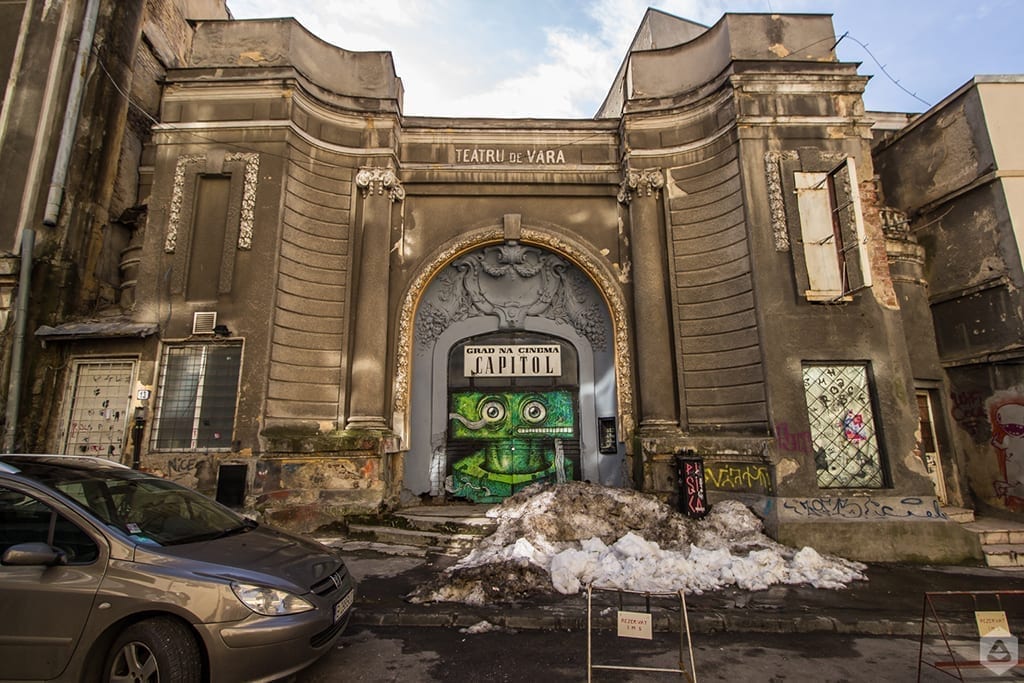
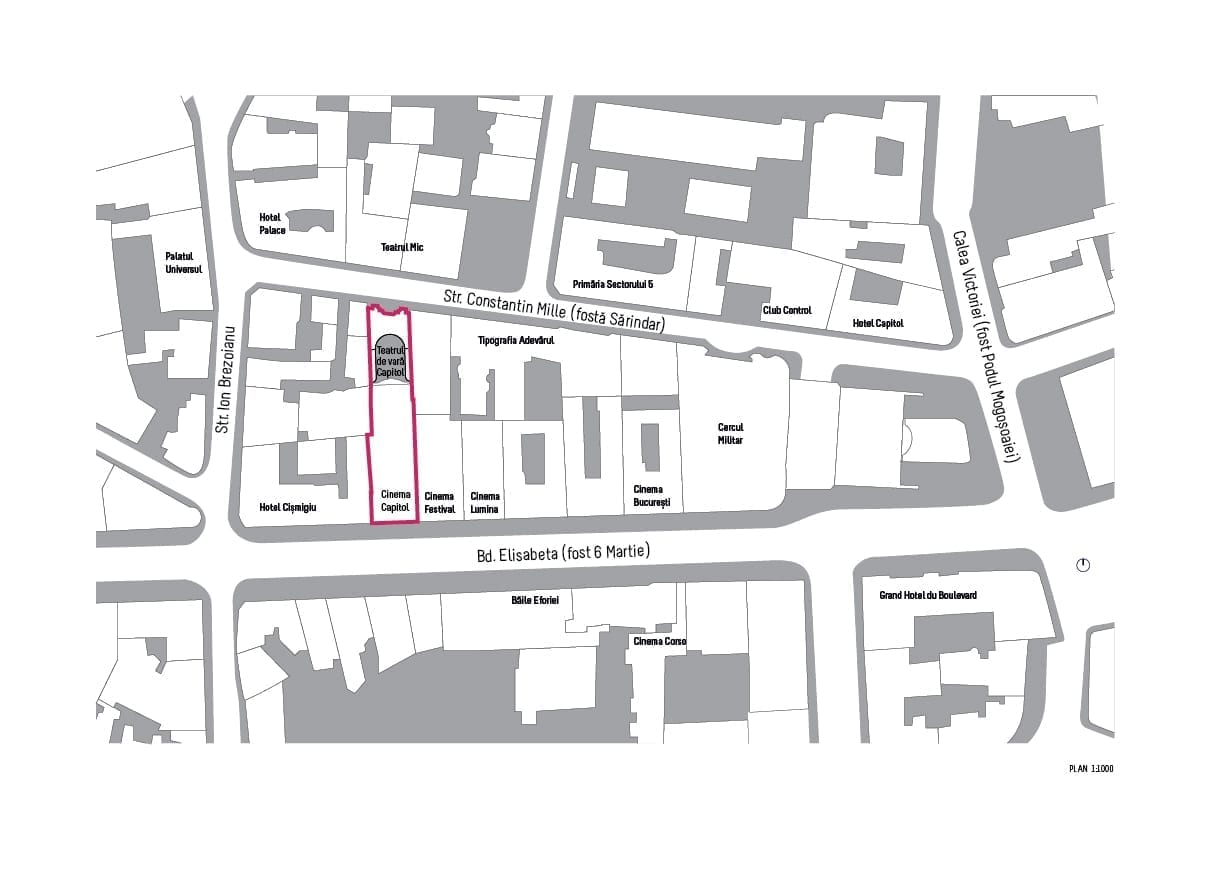
The land parcel on which the buildings ensemble stand has a surface of 1.040 square meters and as CAPITOL Summer Theatre occupies approx. 410 square meters, CAPITOL Cinema expands on 630 square meters, on the south part of the parcel. The Cinema has a 16 m opening towards Elisabeta Boulevard. The Summer Theatre’s façade is visible on Constantin Mille street. To the east of the parcel, there is Festival Cinema (now Kristal Club) and on the west side, one finds Cișmigiu Hotel and The Institute of Solid Mechanics of the Romanian Academy (IMSAR).
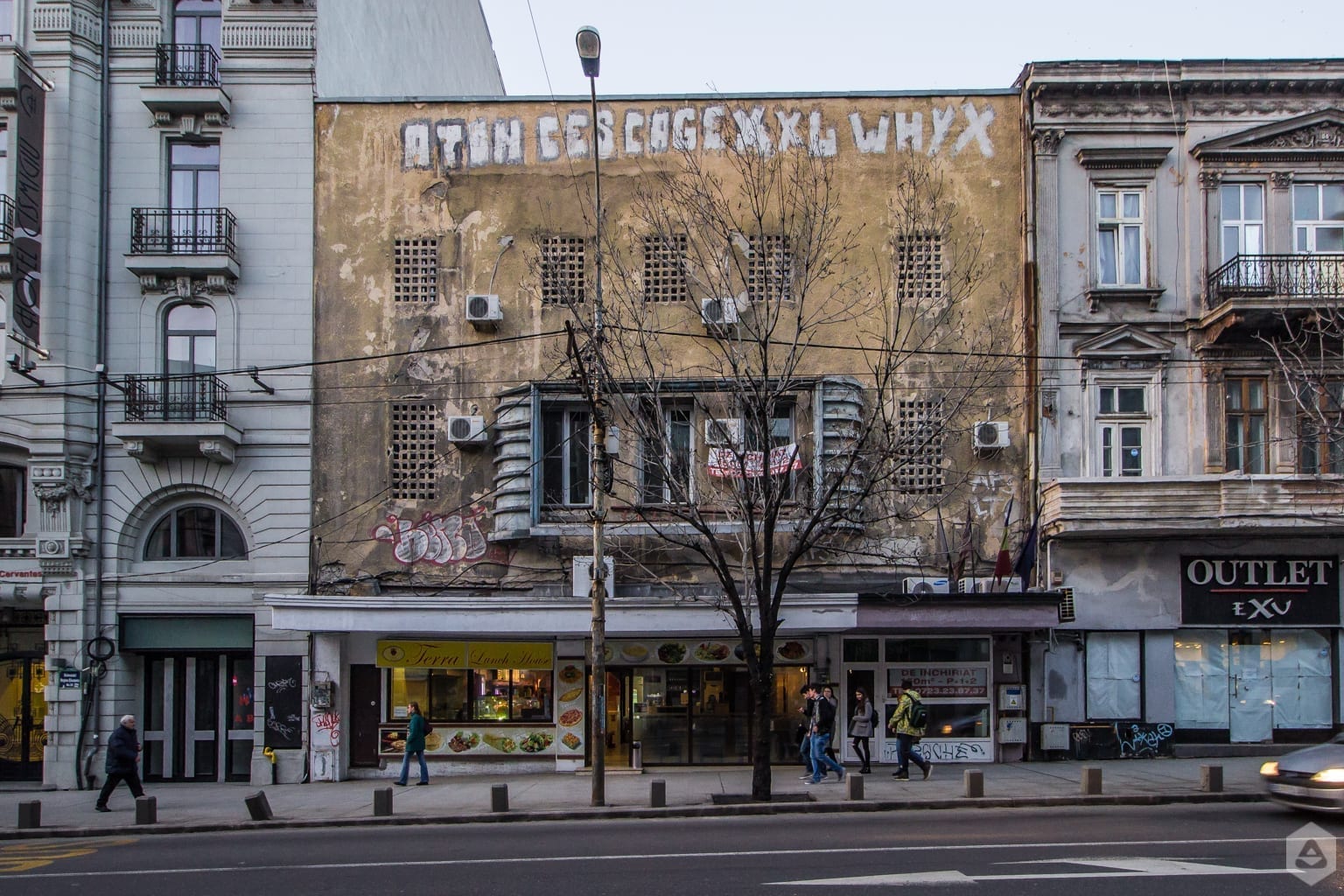
The two buildings, the Cinema and Summer Theatre, are included on the List of Historical Monuments:
- “Bd. Elisabeta”, B-II-a-B-18672, between I.C. Brătianu and Schitu Măgureanu bd., sector 3, 5, the end of the XIX century – the first half of the XX century
- CAPITOL Theatre Garden, B-II-m-B-19202, Str. Mille Constantin 13, sector 1, the start of the XX century
- CAPITOL Cinema, B-II-m-B-18683, Bd. Elisabeta 36, sector 5, the end of the XIX century – the beginning of the XX century
History and future perspectives: 1912 – 1920
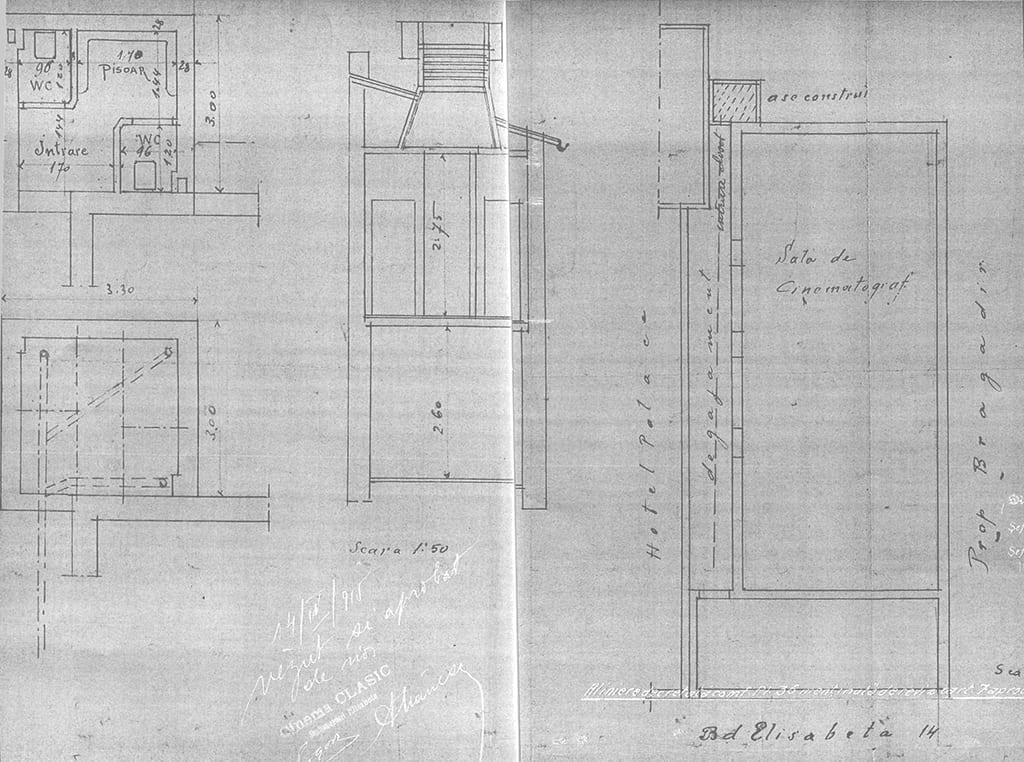
Cinema Clasic, Elisabeta Boulevard 14. Approved in 1915.
1912 The Rampa newspaper announces the opening of Clasic Cinema that takes places Saturday, 26 May: “An event in the Bucharest nightlife: the new and big Clasic Cinema, a wonderful place built for this purpose on the Elisabeta Boulevard at no. 10 (according to some sources at no. 14), across the road from Radivon, opens its gates on Saturday. Two young artists: Nicolae Grigorescu from the National Theatre and Manescu, an important sculptor, they began to build a big theatre-cinema under the name of Clasic Cinema. It is a superb, tall, hygienic, with a row of balconies and over 1.000 seats. It is wonderfully decorated.”
1913 The first premiere that was discovered during the historical study was “Culesul viilor” (The harvesting of vineyards), an advertising film shown on 3 January 1913. It tells the story of wine production in Valea Călugărească.
The film production company “Leon Popescu” Art Film (the owner of “Leon Popescu” theatre, ex-Liric) launched with a premiere at Clasic Cinema, on 11 June 1913 – “Amorurile unei prințese” (A princesses’ romances”, directed by Marioara Voiculescu. Some sources report a second Clasic Cinema, in the Moșilor area.
1915 The transformation plans for doctor Dobrovici’s house into a cinema are approved. The building becomes a foyer and an entry apparatus while a new cinema hall is added. Originally, Capitol was named Clasic Cinema and the address was Elisabeta 14. Even though the plans are approved by the chief architect of the city, the architect of cinema is not known. We notice the note and intention “to build” in the north of the allotment, where a year later Alhambra Summer Theatre appears.
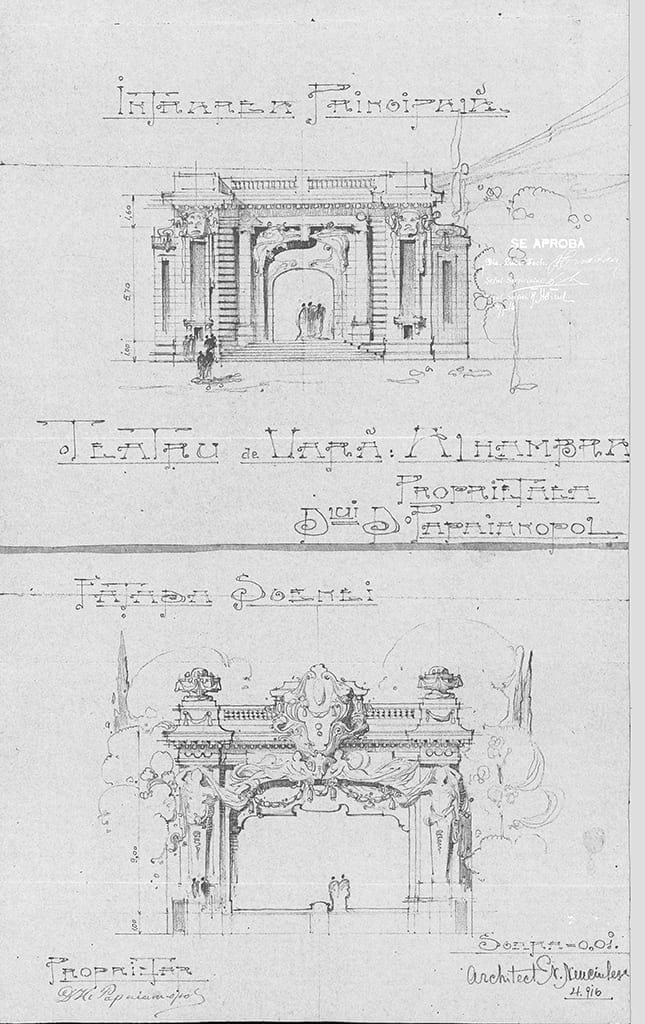
Alhambra Summer Theatre, Sărindar street, the property of mister D. Papaianopol. The façade of the scene. Arch. N. Nenciulescu 1916.
1916 Architect Nicolae Nenciulescu develops the plans for Alhambra Summer Theatre, and construction starts on Sărindar street.
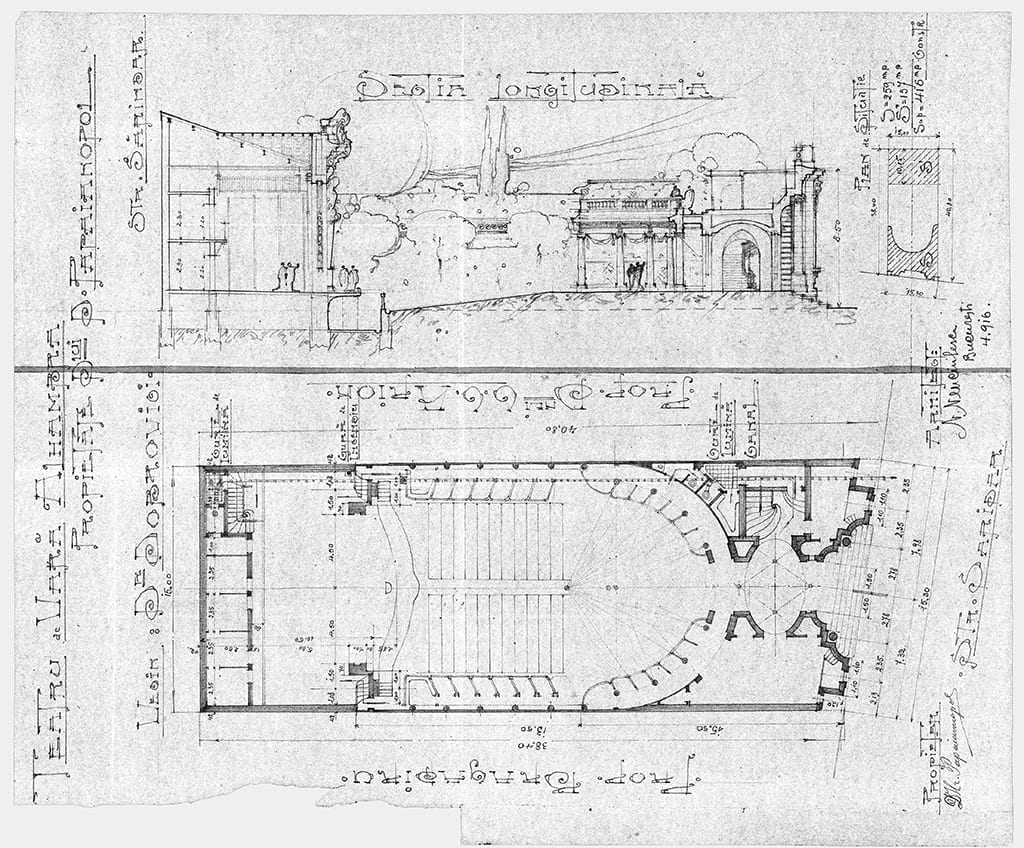
Section / Plan Alhambra Summer Theatre, Sărindar street. Arch. N. Nenciulescu 1916.
Written on the plans, one can notice the name of the owner, Dumitru Papaianopol. On the West side, the neighbors are Bragadiru, on the East side is the property of mister G.G. Arion. On the South side of the allotment is mentioned doctor Dobrovici and we can assume that at that moment, the Clasic Cinema hall wasn’t built yet.

The entrance of Alhambra Summer Theatre. Sărindar street. Built in 1916. photo Arch. Nicolae Nenciulescu.
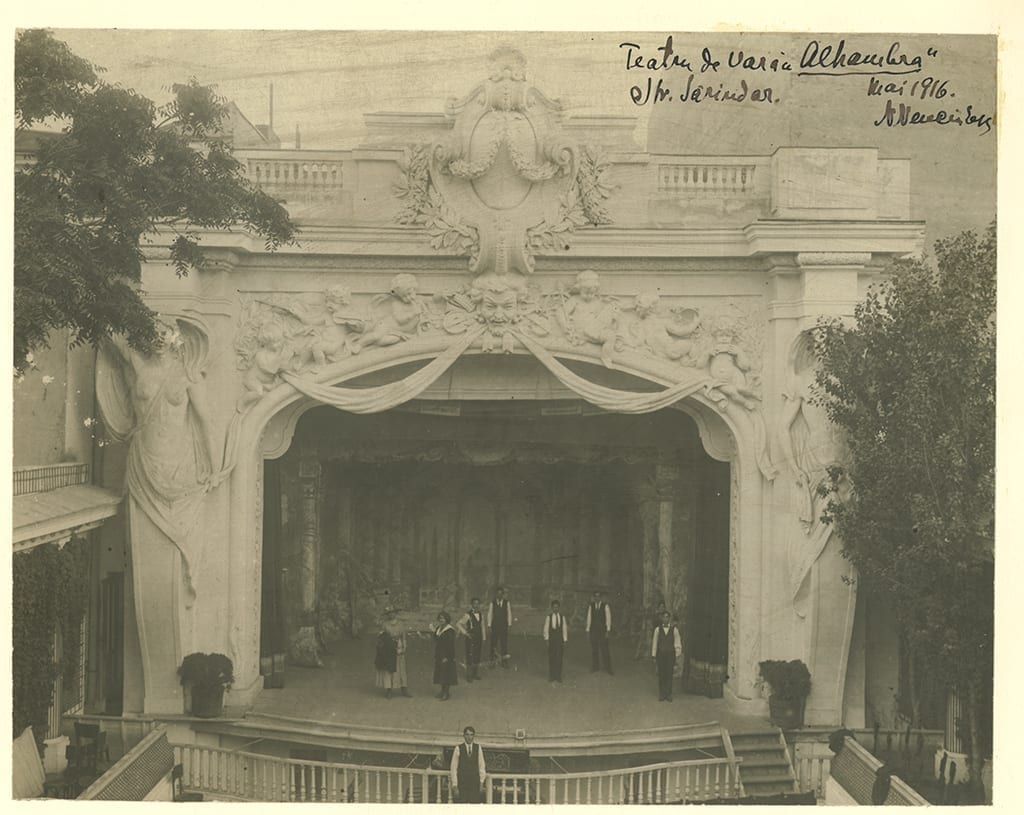
Alhambra Summer Theatre – Stage. photo Arch. Nicolae Nenciulescu, Mai 1916.
The building was built in an eclectic style and the stucco work, the caryatids, and the statues were executed in gypsum by the sculptor Spiridon Georgescu.
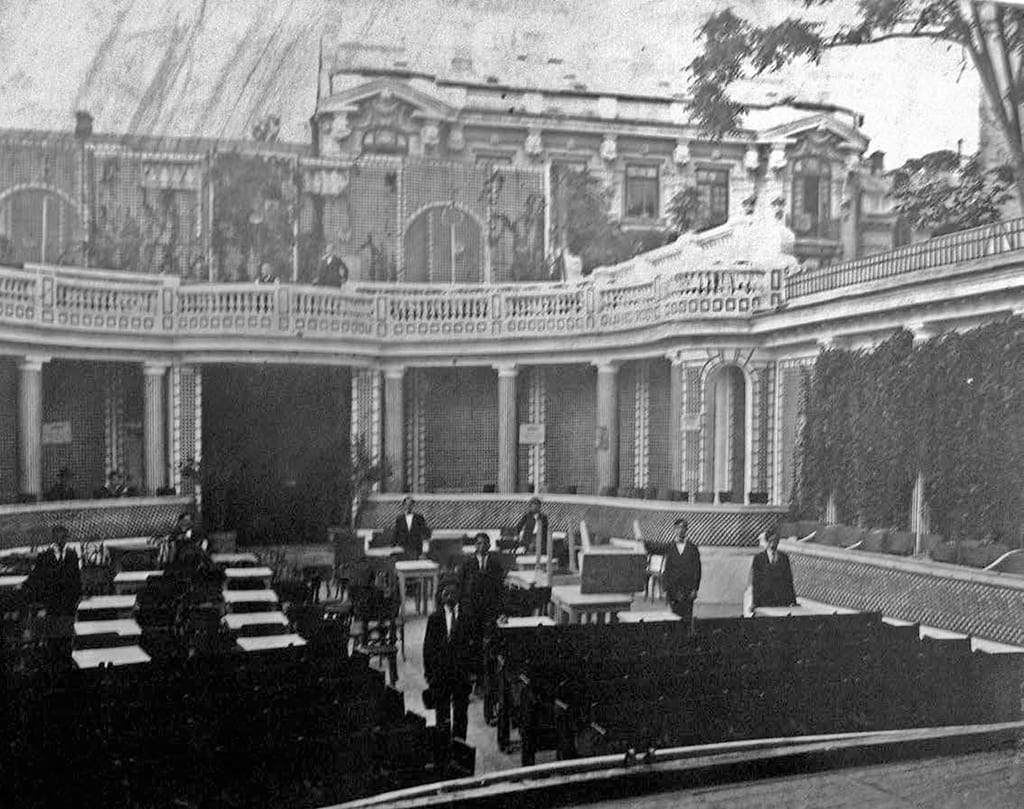
Alhambra Summer Theatre – garden. photo Arch. Nicolae Nenciulescu, May 1916.
1917-1923 Because of the uncertain situation of that period, we can assume that both the inauguration of Clasic Cinema and the Alhambra Summer Theatre took place after the end of World War I.

Clasic Cinema, Elisabeta 14 boulevard, Sunday 30 December 1923 The inauguration ”Țigăncușa dela iatac” (The little gypsy girl in the bedroom) – Romanian film in 5 acts by Victor A. Beldiman
1923 The “inauguration” of Clasic Cinema takes place with the Romanian film in 5 acts, “Țigăncușa dela iatac”. The inauguration probably refers to the changing of the owner (do. Dobrovici -> I. Gabor) or the resuming of the projections schedule, after the pause caused by World War I. The text added in pen states that the inauguration took place in the presence of the King and Queen of Romania.
For a good period of time, you could access the cinema hall through the ground floor of the house from Elisabeta, no. 14.
1938 CAPITOL Cinema, its entrance and foyer are radically transformed through the intervention by the architect Henrieta Delavrancea Gibory, in the Bauhaus modernist style.
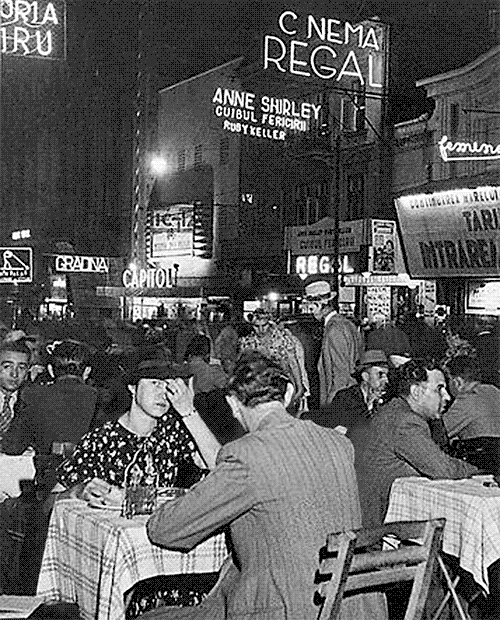
“Before the war, Bucharest, Rumanian capital, was known as the “Paris of the Balkans”, and nightlife was gay. During the three years of collaboration with the Nazis, Rumanian fascists waxed fat, but now they are caught between Nazi terror and Russian vengeance.” Image by © Bettmann/CORBIS – 24 Mar 1944
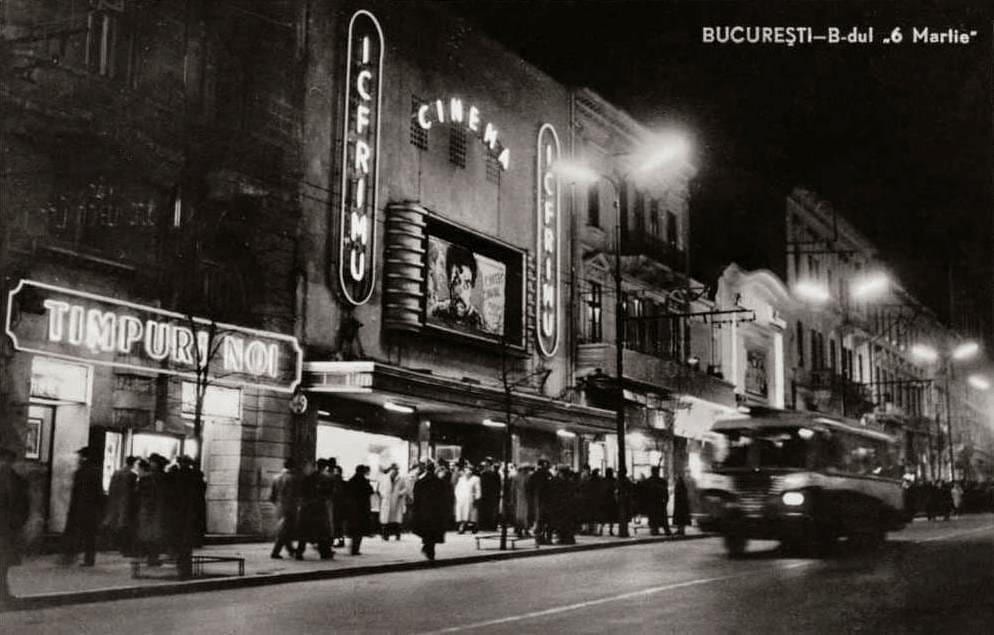
1947 – 1948 During the forced nationalization, Capitol Cinema and Alhambra Summer Theatre become state property, through the Minister of Arts and Information. Afterward, Alhambra Summer Theatre becomes Capitol Garden with the address Constantin Mille street, ex-Sărindar. Capitol Cinema is renamed I.C. Frimu Cinema and loses, alongside its identity, the light signal. Elisabeta boulevard is renamed 6 March boulevard, known as 06.03.
1977 The earthquake affects the ensemble and it sustains some serious damage at the structure level but also involving the rooftop.

CAPITOL Cinema / Summer Theatre, between Elisabeta boulevard 38 și Constantin Mille 13 street. ground floor plan 1977 – 1990
1977 – 1989 A series of interventions and modifications takes place arbitrarily for both the Cinema and Summer Theatre:
The Summer Theatre on Constantin Mille street
- the statues from the façade are removed, as well as a part of the decorations;
- the entrance is re-organized and the covered stairs are eliminated to make room for a restroom;
- the entrance door is replaced;
- an intermediary level is added for the new projection room;
- metallic outdoor stairs are installed to allow access to the balcony.
The Cinema from Elisabeta boulevard
- the basement and the restrooms are shared with Festival Cinema.
1990 The ensemble is now owned by the Ministery of Culture, which administers it through RADEF. The cinema and summer garden close and are removed from the public circuit.
2007 A one-day event takes place inside Capitol Cinema, titled the Autonomous Zone.
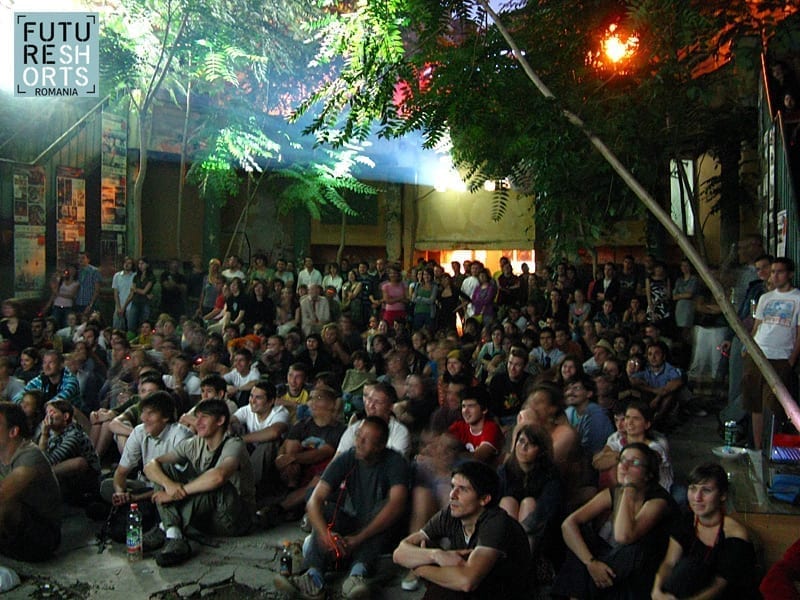
Future Shorts @ Rehabilitation of Capitol Summer Garden, Constantin Mille street 13. photo Cristian Vasile, 25 Iulie 2008
2008 Save or Cancel starts a series of independent cultural events which expand over a three-month period, between June and August. Title the Rehabilitation of Capitol Summer Theatre, this reactivation of the garden took place in three stages: the cleaning up of the space, an open call for ideas and a schedule of events.
2009 A new series of cultural and art events takes place reintroducing the space temporarily in the public circuit. CAPITOL Summer Theatre MMIX took place over a period of three months.
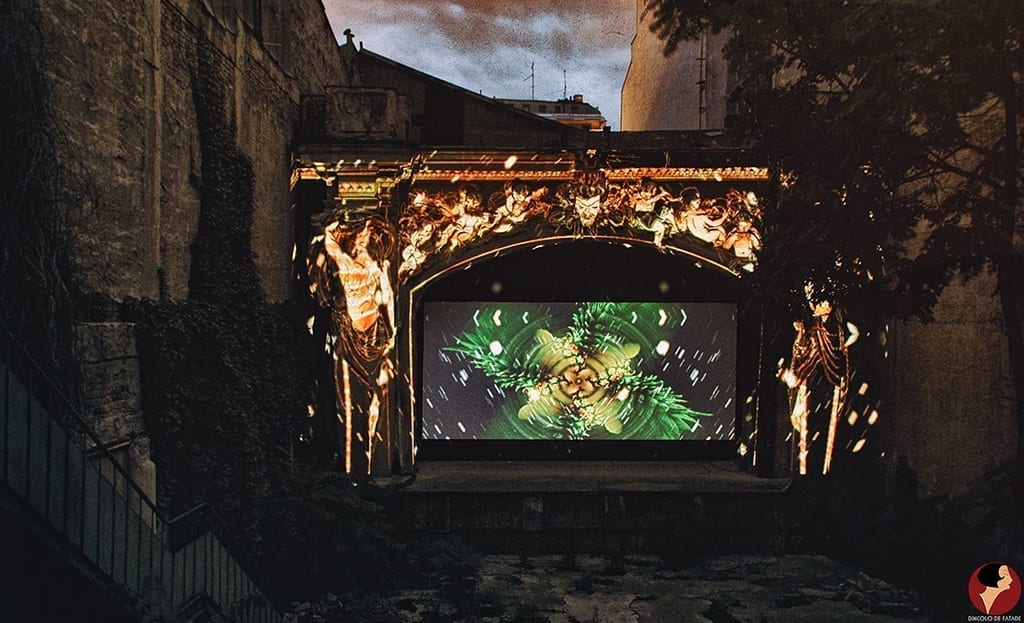
revisiting the garden, Capitol Summer Theatre, Constantin Mille 13 street. photo Dincolo de fațade, 2 Aug 2014
2014 For 3 nights the screen was brought to life by a series of video experiments that animated the elements and the interior of CAPITOL Summer Theatre, with Vloop and VJ VLC, at the Revisiting the garden event.
2015 Save or Cancel, together with Digi24, made a feature which presents the history of Capitol Cinema / Summer Theatre and the present situation.
2016 100 years after the Summer Theatre was built, Save or Cancel proposes an awareness and sensitization campaign about national cultural heritage, with an application on Capitol Cinema / Summer Theatre, revealing its potential as an independent cultural hub. Alongside ArCub and other partners, an open call for art projects activates the collective memory, reintegrate the monument in the public circuit through democratic reinterpretations of urban space as cultural space, while exploring the links between art, nature and the city.
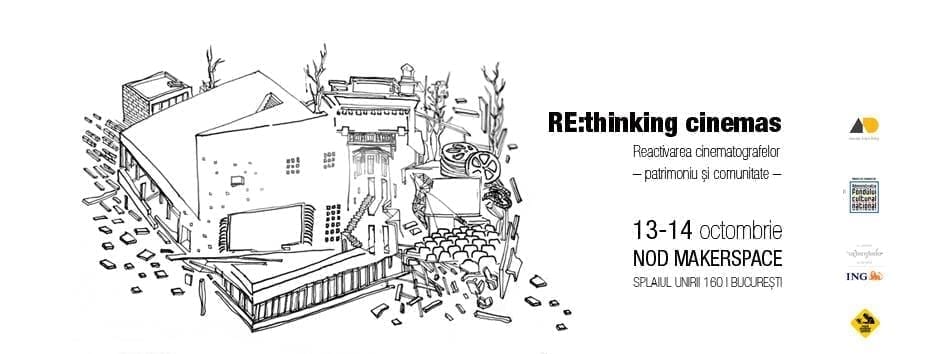
The reactivation of cinemas – heritage and community. While Romania is the European country with the smallest number of screens per number of citizens and in Bucharest, in the past year a multitude of cinemas have been closed due to building safety reasons, the necessity of the reopening of cinemas became very prevailing.
RE: thinking cinemas is an event that brought together the different initiatives that aim to reactivate the cinemas, especially those located in heritage buildings and, this way, the dialogue is open to future intervention possibilities: Capitol Summer Theatre, Marconi Cinema, Favorit Cinema, Flamura from Bucharest and ARTA Cinema from Cluj about the potential that these places have for the community and their heritage value.
CAPITOL Cinema / Summer Theatre, photo Alex Iacob, 2016 – 2017
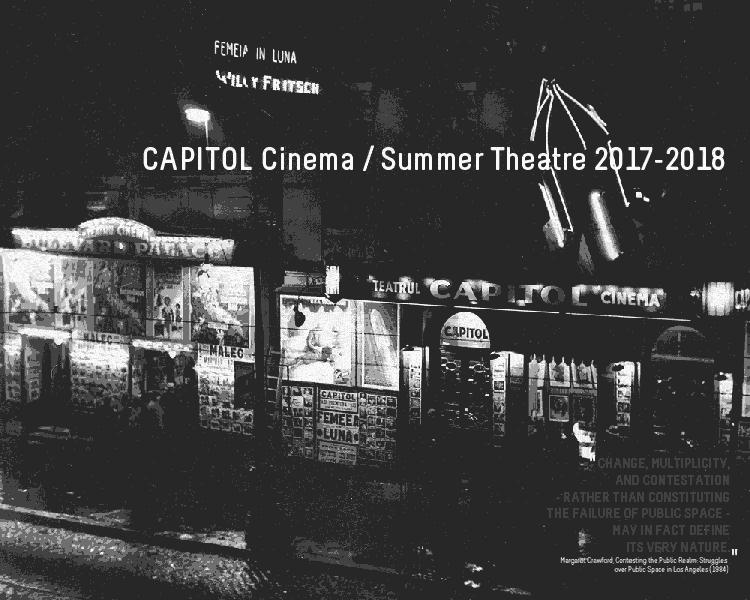
In 2017-2018, Save or Cancel proposes a cultural heritage awareness and sensitization campaign, with an application on Capitol Cinema / Summer Theatre, revealing the economic, social and educational potential of all abandoned cultural spaces in Romania, and the involvement of artists and the local community in trans-sectorial, multi-disciplinary, collaborative projects.
4 conferences, 3 art installations, 4 exhibitions and 3 open calls for ideas will reactivate the collective memory, reintegrating the monuments in the public circuit through democratic reinterpretations of the cultural space, exploring the links between art, nature and the city.
2020 Cultural hub: the conversion of CAPITOL Cinema / Summer Theatre
The ensemble is, for the public of the cinema shows, theatre, but also for the audiences of diverse cultural events, a new space, rediscovered, in the center of the capital, in an area historically known for its cultural and recreational activities, that holds an interesting potential as a space for cultural manifestations and art production. The re-found space can have two purposes.
The first conceptual function is its memorial role – the capacity to integrate and present a part of the existent culture and its roles, bringing them to present day, materialized. The second purpose is the continuous urban regeneration through the “social construct of the object” that is situated at the convergence of the artifacts of the existent culture with the current moment, always renewed.
Concerning this case, the Capitol Cinema / Summer Theatre has been on the brink of destruction because of damage made by the earthquake from 1977 but also because of forgetfulness. This space was created out of a necessity of the ever-developing city and was animated until it was out of the public circuit, and further occasionally after.
In the particular case of historical monuments, the dimension of time is a factor of significant importance and any intervention, like a conversion, must not only emphasize this dimension but also to amplify it.
The analysis of the cultural hub phenomenon, through a conversion of the built heritage, shows us that the architecture exists in the dimension of time and movement. Jean Nouvel talks about this saying that “One conceives and reads a building in terms of sequences.” So the spatial configuration can allow for new dynamic sets of relations between the existent spaces and the current needs, which are identified alongside the community.
The project was presented at Street Delivery 2013, Train Delivery, Arcub and it is a part of the itinerant exhibition Anuala de Arhitectură București, 2016 edition.
Text: Cristina Popa și Andrei Racovițan
Archive: arh Nicolae Nenciulescu (Bucureștiul meu drag), Bettmann (CORBIS), Nae Ionescu, Dr. M. Athanasiu, Willy Prager, Andrei Barsan, arh Răzvan Luscov
Photo: Cristian Vasile – Igu, Ștefan Tuchila, Lucian Bărăitaru, Alex Iacob (feeder.ro)
Video: VJ VLC (feeder.ro), DIGI24
Pictures: Save or Cancel, Cristina Popa, Andrei Racovițan, Lucian Racovițan, Dimitrie Grigorscu, Ana Dămoc, Sandu Milea Lucian
About Save or Cancel
Since 2008, Save or Cancel is a medium of communication and propagation of arts and culture, facilitating their role in the contemporary society.
Self-initiated multidisciplinary programs by Save or Cancel support the development of the contemporary society by identifying opportunities for sustainable and adaptable (re) valorization of culture.
Co-financed by AFCN
Partners: ArCub, CNDB, Teatrul Mic, feeder.ro
Media Partners: Zeppelin, IQads, Smark
Contact: info@saveorcancel.tv
Articole cu teme similare:
22 de clădiri reabilitate care pun în valoare patrimoniul din România
despre feeder.ro și regenerare urbană prin artă – un interviu IQads cu Save or Cancel
41 de foste și actuale cinematografe în București
Cinema / Teatrul de vară Capitol istoric și viitor 1912 – 2020
Cinema / Teatrul de vară CAPITOL 2017-2018






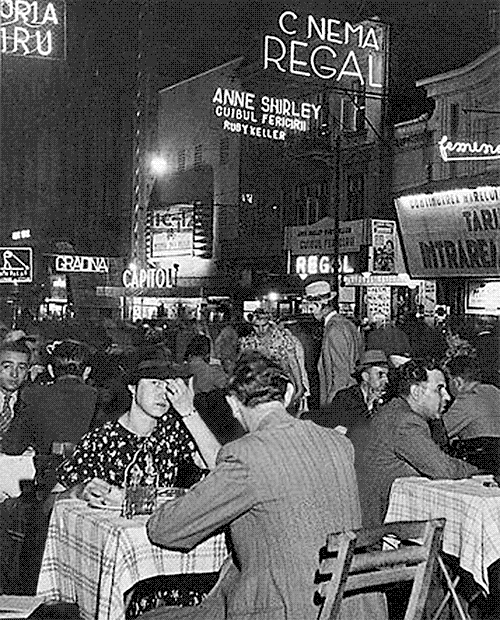
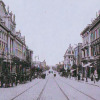
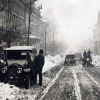
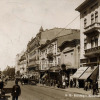
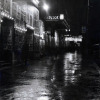
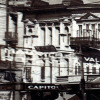
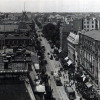
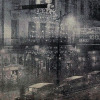
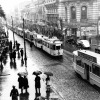
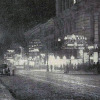
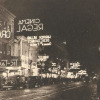

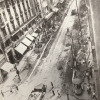
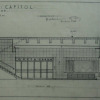
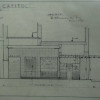
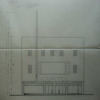
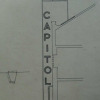
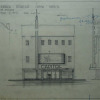
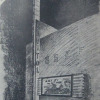
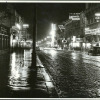
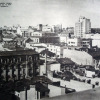
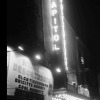
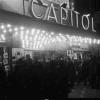
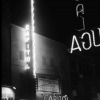
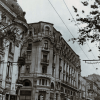
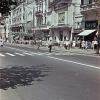
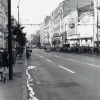
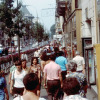
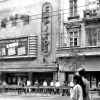
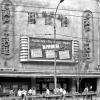
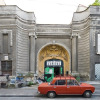
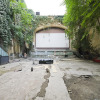
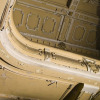
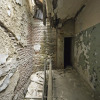
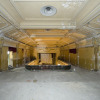
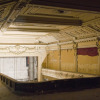
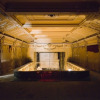
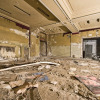
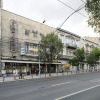
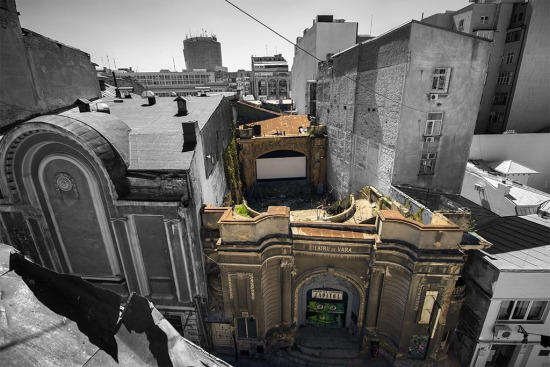
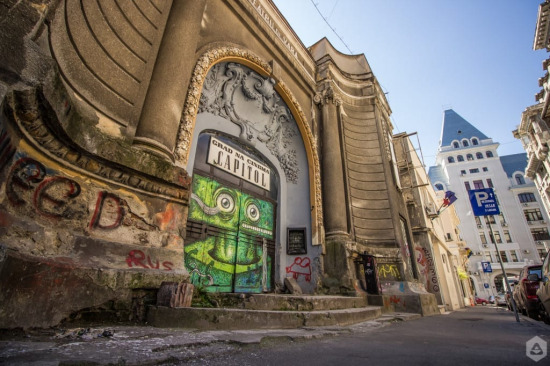
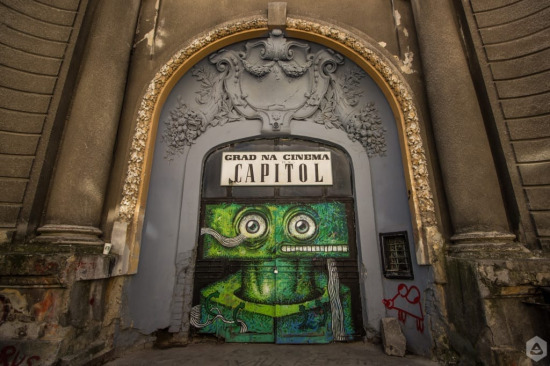
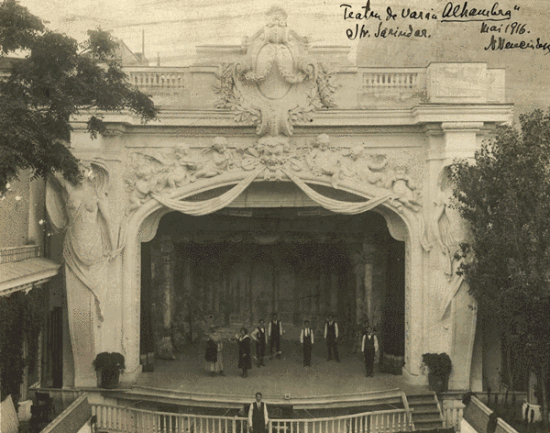
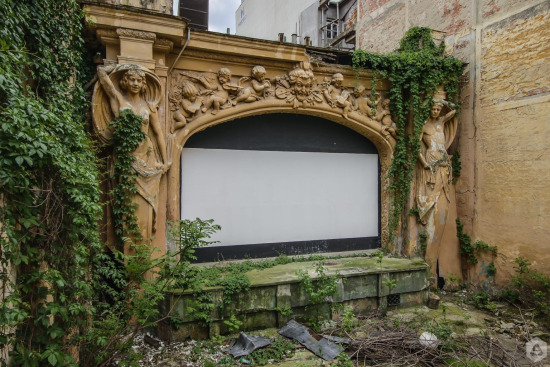
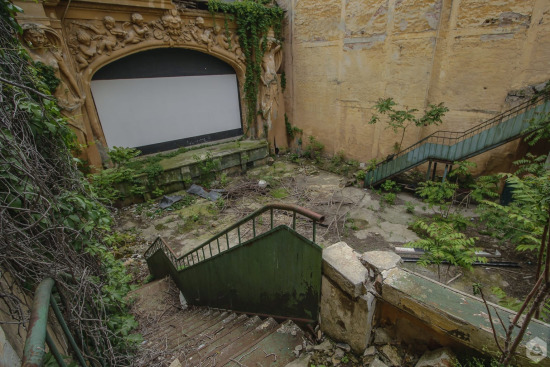
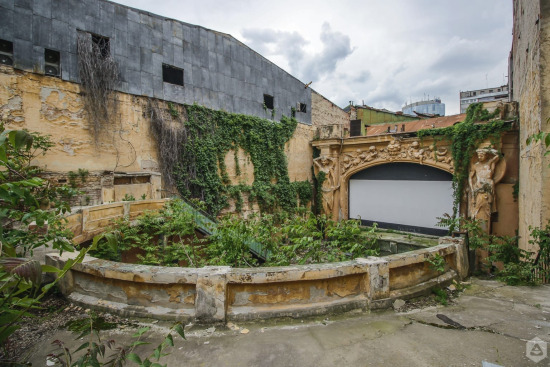
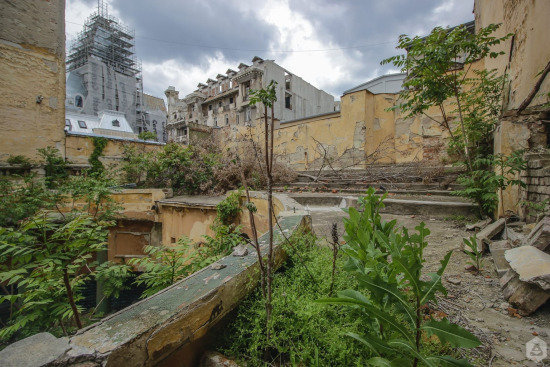

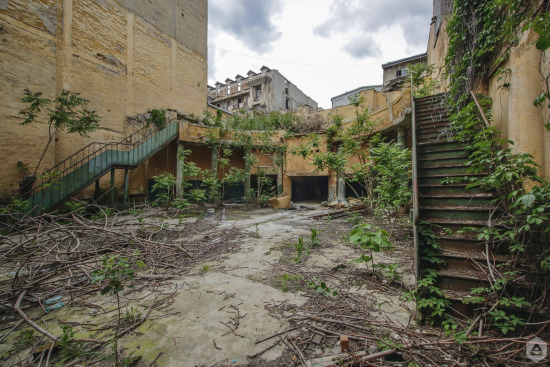
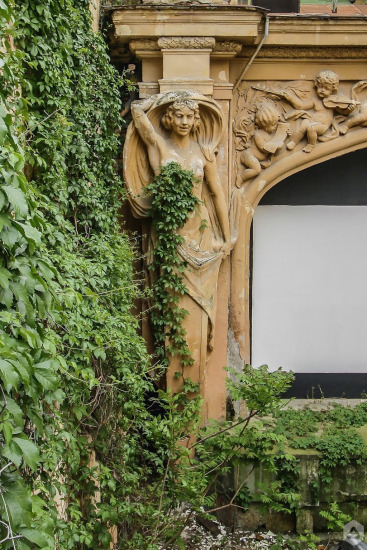
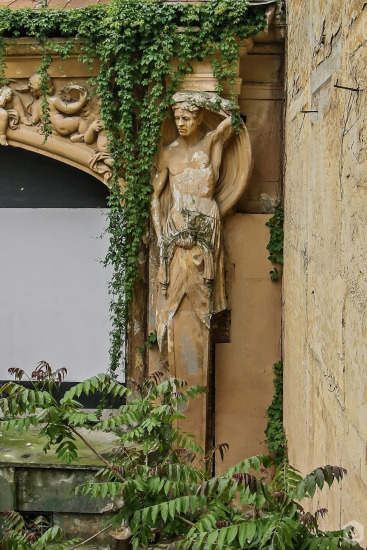
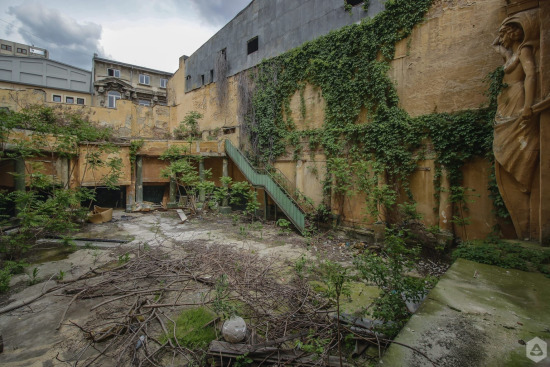
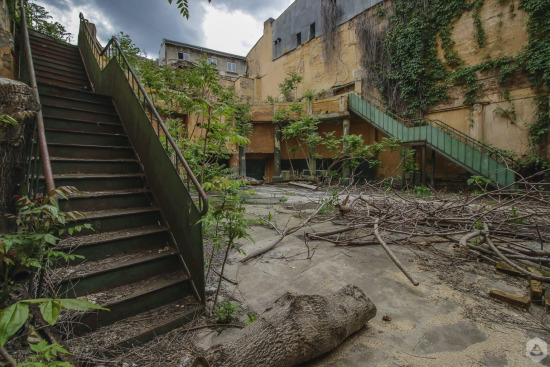
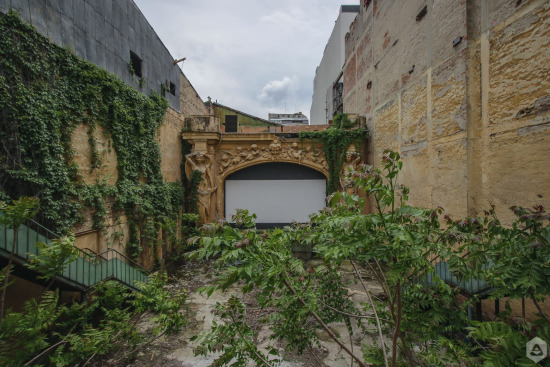
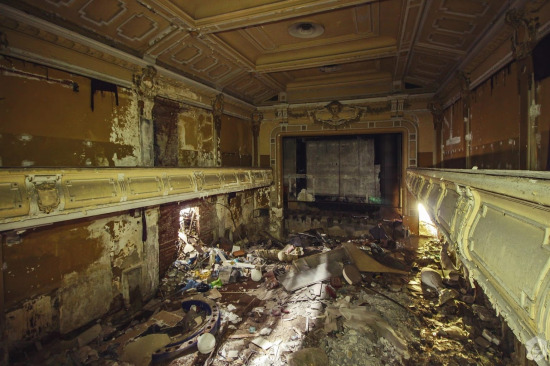
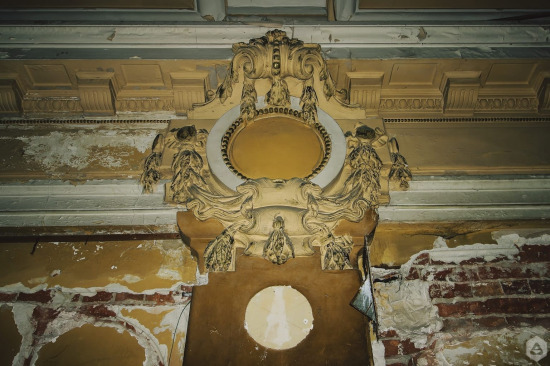
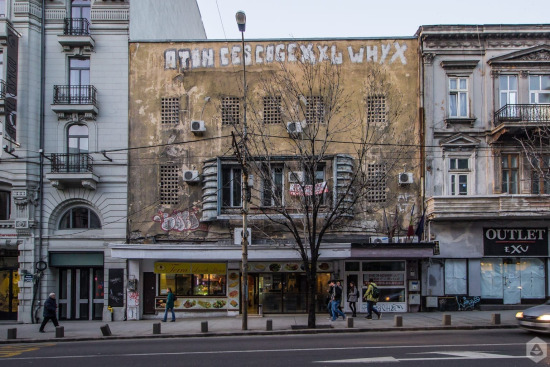

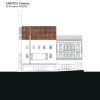
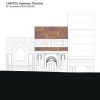
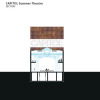


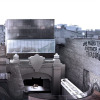
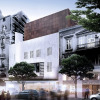
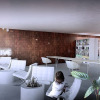

Pingback: Paint-a-monument / Atelier pentru copii / Serebe (desen) + Octav (serigrafie) @ MNAC • Capitol
Pingback: feeder.ro BTLT: Cinema CAPITOL la Someș Delivery 2017, Cluj • Capitol
Pingback: Cinema Capitol at the beach @ Plaja de Carte, Vama Veche • Capitol
Pingback: NEW Open call for CAPITOL – Photography • Capitol
Pingback: The Mysteries of Bucharest with Street Artist J.Ace / An expected incognito visit at CAPITOL – Capitol
Pingback: PISICA PĂTRATĂ - Intervenție Artistică / Semnal Urban @ Teatrul de vară CAPITOL - Save or Cancel
Pingback: Discover the street art interventions made by J.Ace during his secret visit at Cinema / Teatrul de vară Capitol • Feeder.ro
Pingback: VOTE: OPEN CALL ARCHITECTURE & DESIGN - Shape the future of CAPITOL • Feeder.ro
Pingback: OPEN CALL ARHITECTURĂ & DESIGN – Imaginează viitorul CAPITOL – Capitol
Pingback: "Bucureştiul nu mai este un oraş urât." Fotografii de Ștefan Tuchilă. | | Feeder.ro
Pingback: „Bucureştiul nu mai este un oraş urât”. Fotografii de Ștefan Tuchilă. – Capitol
Pingback: “Bucharest is no longer a nasty city”, says photographer Ștefan Tuchilă – Capitol
Pingback: "Bucharest is no longer a nasty city", says photographer Ștefan Tuchilă | | Feeder.ro
Pingback: Uimitorul CAPITOL se redeschide cu ajutorul tău | | Feeder.ro
Pingback: Apel deschis pentru CAPITOL – Fotografia câștigătoare – Capitol
Pingback: VOTE: Open call for CAPITOL – Photography | | Feeder.ro
Pingback: NEW Open call for CAPITOL – Photography | | Feeder.ro
Pingback: Sondaj – Despre tine, Bucureşti şi CAPITOL | | Feeder.ro
Pingback: Winner of Open call for CAPITOL | | Feeder.ro
Pingback: Save or Cancel lansează site-ul capitol.rehab | | Feeder.ro
Pingback: CAPITOL Talks 2 @ HUB A, Casa OAR București | | Feeder.ro
Pingback: feeder.ro BTLT: Cinema CAPITOL la Someș Delivery 2017, Cluj – Capitol
Pingback: Cinema Capitol at the beach @ Plaja de Carte, Vama Veche – Capitol
Pingback: Paint-a-monument / Atelier pentru copii / Serebe (desen) + Octav (serigrafie) @ MNAC – Capitol
Pingback: TOP: Open call POEM CAPITOL – Capitol
Pingback: TOP: Open call POEM CAPITOL | | Feeder.ro
Pingback: Vote: Open call POEM CAPITOL | | Feeder.ro
Pingback: Open call POEM CAPITOL | | Feeder.ro
Pingback: VOTE: Open calls for CAPITOL | | Feeder.ro
Pingback: NEW Open calls for CAPITOL | | Feeder.ro
Pingback: Cinema / Teatrul de vară CAPITOL 2017-2018 | | Feeder.ro
Pingback: This week on feeder #16 | | Feeder.ro
Pingback: 41 de foste și actuale cinematografe în București | | Feeder.ro
Pingback: OPEN CALL – Shape the future of CAPITOL Winner | | Feeder.ro
Pingback: VOTE: OPEN CALL DESIGN – Entries | | Feeder.ro
Pingback: OPEN CALL DESIGN – Shape the future of CAPITOL | | Feeder.ro